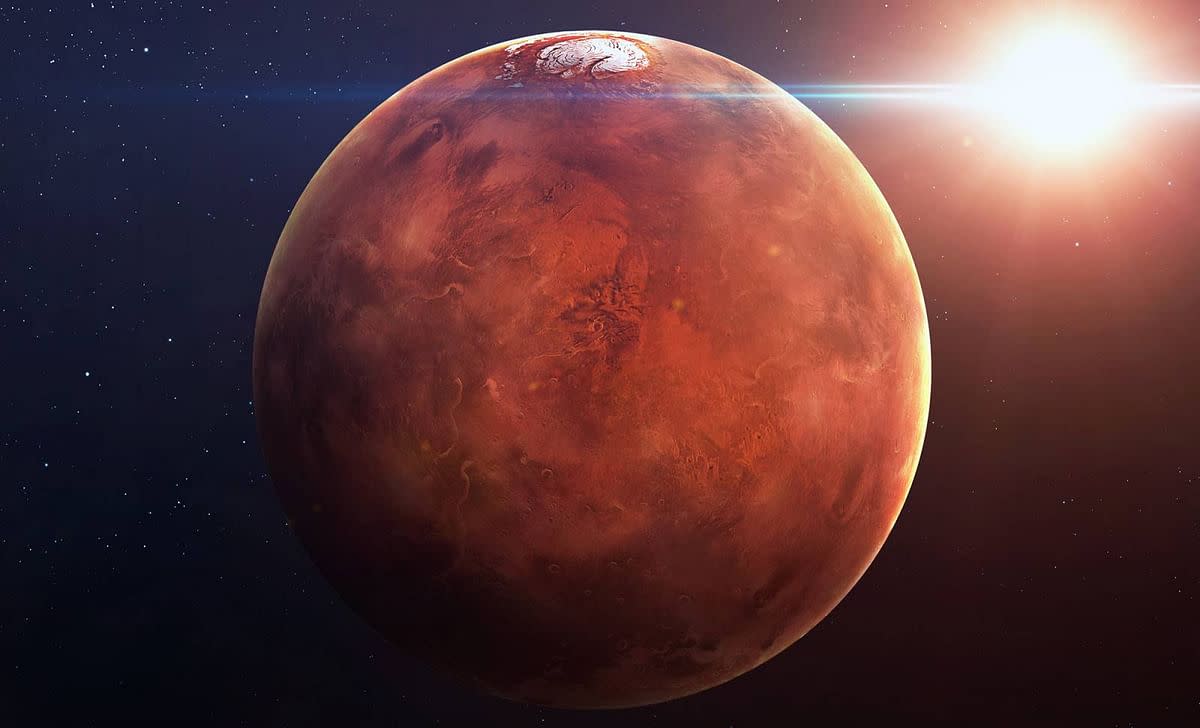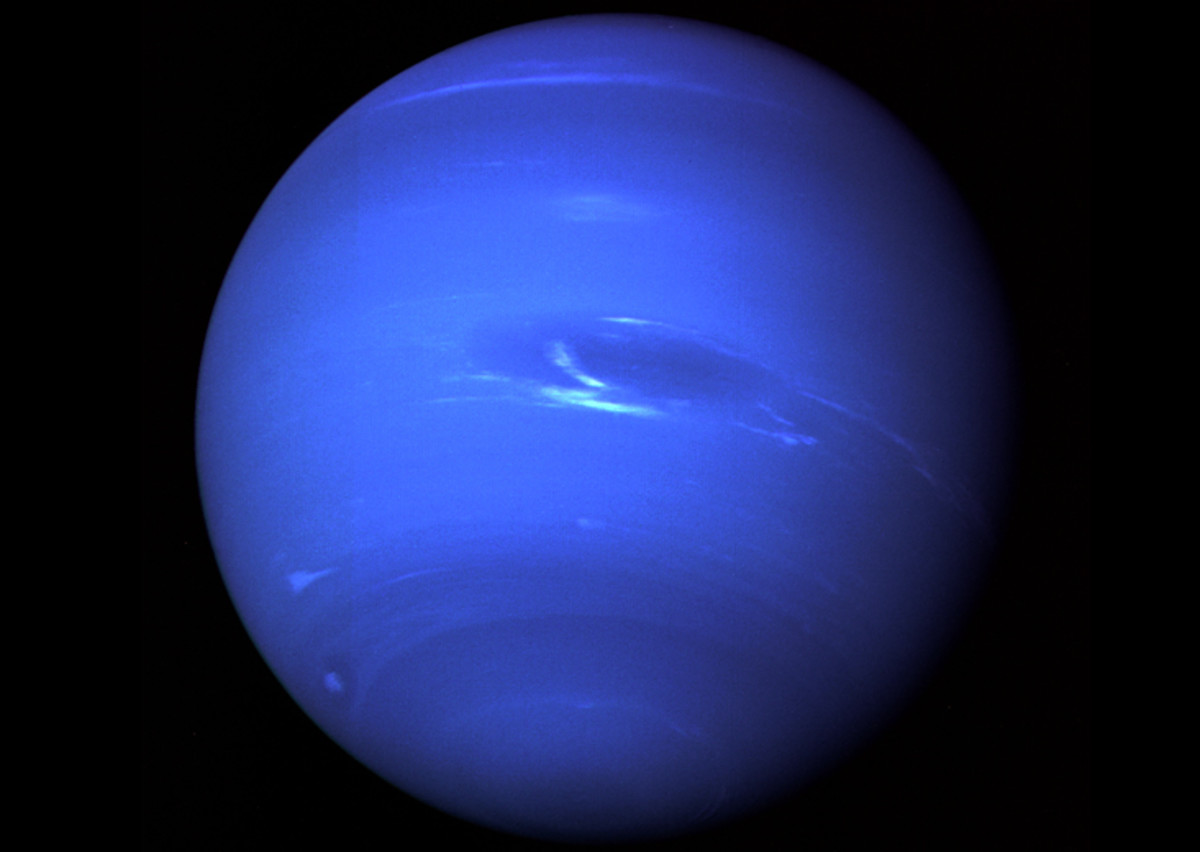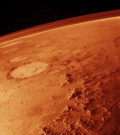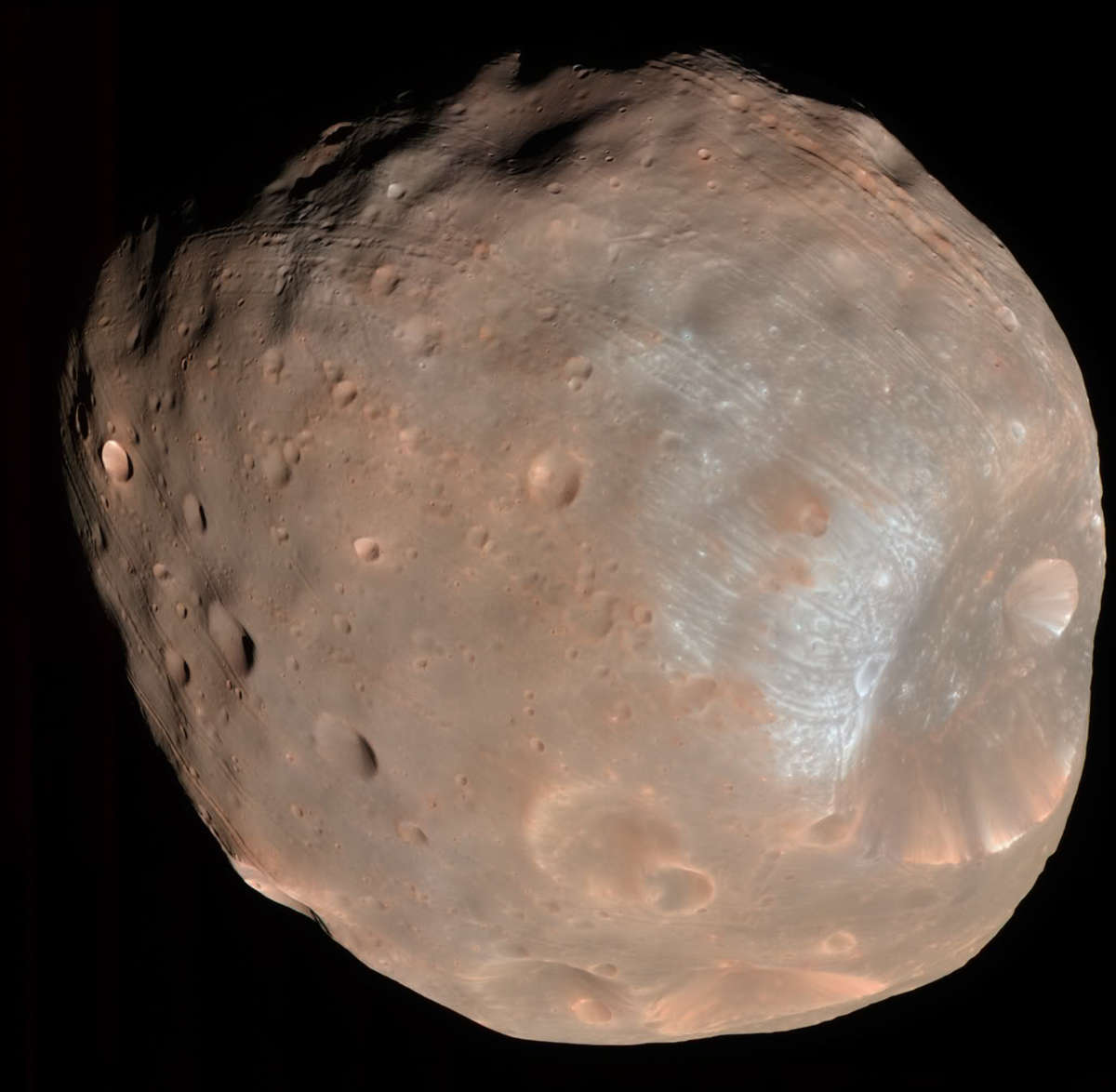Going to Mars
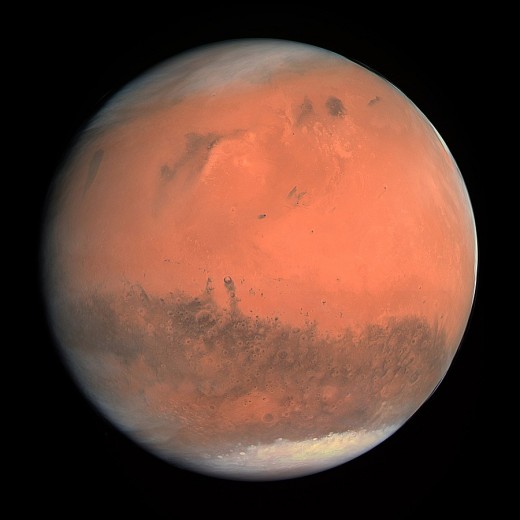
For the better part of a century, the notion of humans setting foot on Mars has been the subject of discussion, both fictional and in reality. There have been countless books and movies, fictional and otherwise, as well as a number of proposals and plans for actual missions to the red planet. So why, you may wonder, am I writing about it in now?
Well, simply put, for anyone born after, say, 1970, it’s looking increasingly likely that we will see a manned (and wo-manned) mission to Mars in our life times. So let’s get up to date!
What Took So Long?
We went to the Moon over fifty years ago, so why haven’t we been to Mars yet? There are a number of complex social, political and technical answers to this question, so bear with me while I dumb it all down.
The first, and most obvious reason we haven’t already sent people to Mars, is that it’s so damned hard! Most people don’t really appreciate the technical challenges that need to be overcome to just be able to get people to the next planet over. The biggest problem is resources and getting them into space. In order to survive a flight to Mars, humans needs a great deal of air, water, food, and power. And that’s just the essentials. A manned flight to Mars would take months, and things like mental stimulation for the crew would be a real concern.
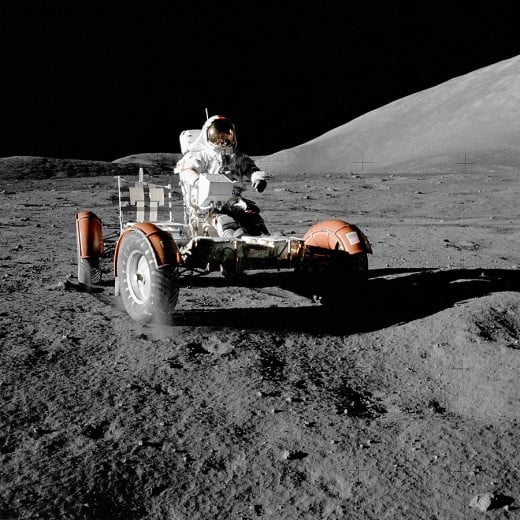
Add to that all the regular resources needed, such as fuel, and you have a lot of weight that you need to get off the planet. With current technologies, that means multiple launches into space, which is prohibitively expensive.
Inextricably linked to cost is the social and political aspect. The American push to the Moon was possible because of a great deal of money being poured into the project at the time. And that money was possible because of a very specific set of circumstances, from the Cold War with Russia, to the political savvy of NASA administrator at the time, James Webb.
Such a perfect storm has not since emerged. Indeed, NASA now operates on a fraction of the budget they had during the Moon landings, and they have to fight for that. Any project funded by a government has to be, for the most part, supported by the people which that government is governing, and that support just hasn’t been there for any country technically capable of getting to Mars.
Fortunately, the private sector has recently stepped into the arena.
What's Different Now?
Perhaps it’s a convergence of desires to reach Mars, maybe it’s just coincidence, but in the past decade a number of plans to reach Mars have emerged, with varying degrees of feasibility.
One of the bigger plans from a PR point of view was the Mars One venture, which intended to put humans on Mars by 2027, and would even create a reality TV show around the first crew, using proceeds to help fund the ongoing mission. This plan was met with a lot of skepticism, and unfortunately, one of the people in charge of Mars One admitted that it was mostly fiction.
Another private sector player in the game is SpaceX. Headed by the visionary, Elon Musk, SpaceX intends send cargo to Mars in preparation for future manned missions as early as 2022, and actual people a scant two years after that! Needless to say, there is much scepticism around these plans. However, unlike with the Mars One fiasco, there is a very good chance SpaceX will follow through with their goals, even if they’re being a little optimistic regarding the time frame. They already have an established pedigree in getting into space, and they have successfully flown a reusable rocket that lands itself back on Earth after launch, drastically reducing the cost of getting things off of the planet.
Successful Launch and Landing of SpaceX Falcon 9 Rocket
And the final player of note; NASA itself. NASA have laid out a detailed timeline for Mars, which involves a few more years with the International Space Station, the construction of a new station in orbit around the Moon, and eventual manned missions in the early 2030s. NASA’s plan, while less glamorous than SpaceX’s, does seem more realistic. However NASA will always be up against the wall when it comes to funding. That being said, forty fifth President of the United States, Donald Trump, has indicated he would like NASA put people on the Moon soon, so perhaps NASA will have more backing going forward.
It’s also worth noting that Russia, China, and the European Space Agency have all announced intentions to send people to Mars. ESA have not announced a timeframe, however China have laid out 2040—2060 as their intended window, while Russia have set a smaller window of 2040—2045.
Living On Mars
So, assuming we (the human race) can get to Mars, there will be plenty of challenges waiting for our intrepid travellers on the surface.
Atmosphere
The most obvious problem being the lack of breathable air. Mars’ atmosphere is mostly carbon dioxide, which is no good for human breathing. But even if the air composition on Mars were perfect for humans, there simply isn’t enough of it. The atmospheric pressure on the red planet is approximately 0.6% that of Earth’s. That’s over fifty times less than the air pressure on top of Mount Everest! It’s also around ten times less than the Armstrong limit—the pressure at which water boils at the normal human body temperature. The Armstrong limit is considered the point at which the atmospheric pressure is so low that humans absolutely cannot survive without a pressure suit.
What’s more, if you were to climb Olympus Mons—the tallest mountain on Mars (and in the whole solar system as far as we know)—the atmospheric pressure at the summit is so low that, for all intents and purposes, you’d be standing in space!
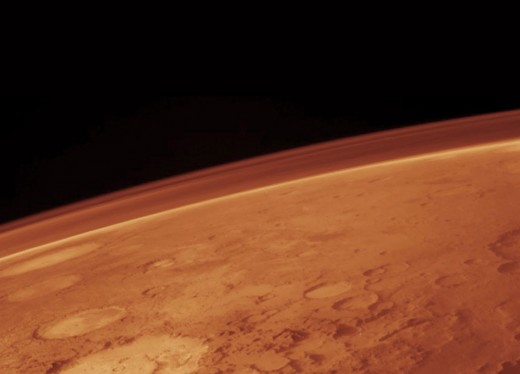
Temperature
The next problem is temperature. Earth is 93 million miles from the Sun, and Mars is half that distance further out. The temperature range on the red planet can be as high as 30°C, a very comfortable temperature for humans. But it can also be as low as -140°C, and averages somewhere around -63°C (-81°F). When I say it would be cool to go to Mars, I really mean it.
Obviously, with the atmosphere already being untenable for human survival, it’s not like our future explorers could have gone wandering around the surface unprotected anyway. But had the temperatures been a bit milder, humans could have gotten by with much less protection than they will need. Which brings me nicely to the next problem.
Radiation
Counterintuitive as it may seem, with Mars receiving somewhere in the region of half the amount of sunlight we get here on Earth, any visitors to the red planet would be subjected to something like two and a half time the amount of solar radiation. Earth is nice enough to protect us from excessive radiation with a magnetic field generated by its rotating iron core, but Mars is geologically inactive, and has no such magnetic field.
This adds another layer of necessary protection, one that may lead to the most practical kind of Martian habitat for humans being underground, sheltered from solar radiation.
Radiation on Mars
Gravity
In the short term, the fact that Mars has roughly one third the gravity of Earth isn’t really a problem. Humans on Mars will have enough gravity to function normally, and will feel very light on their feet as they do so. In the long run, however, we don’t know. Optimal windows for transport to and from Mars are around two years apart. Given the time it takes to travel between the planets, it’s likely our Martian explorers would be spending at least a year on the planet’s surface.
We know the human body loses muscle and bone mass in microgravity. While Mars isn’t quite zero G, there will be a detrimental effect on the human body over long durations.
Of course, those effects may only be detrimental if said human body comes back to the stronger gravity of Earth. Future colonists of the red planet may not have anything to worry about.
Should We Go To Mars?
All questions of cost, feasibility, and survivability aside, should we travel to the red planet? This question will always be debatable, but in my opinion the answer is a resounding yes. The only real goal of any species is to survive, and by any reasonable maths, we have a limited time on Earth. Whether it be some natural disaster, or a disaster of our own making, the odds of humanity NOT encountering an extinction level event diminishes with every year we exist. If we keep all our eggs in one basket—so to speak—we run the risk of being wiped out by the next planet-wide catastrophe to hit Earth.
From a pure survival standpoint, humanity needs to become a multi-planet species. And maybe, just maybe, that starts with Mars.
And soon.
What Do You Think?
Should We Go To Mars?
© 2018 John Bullock


